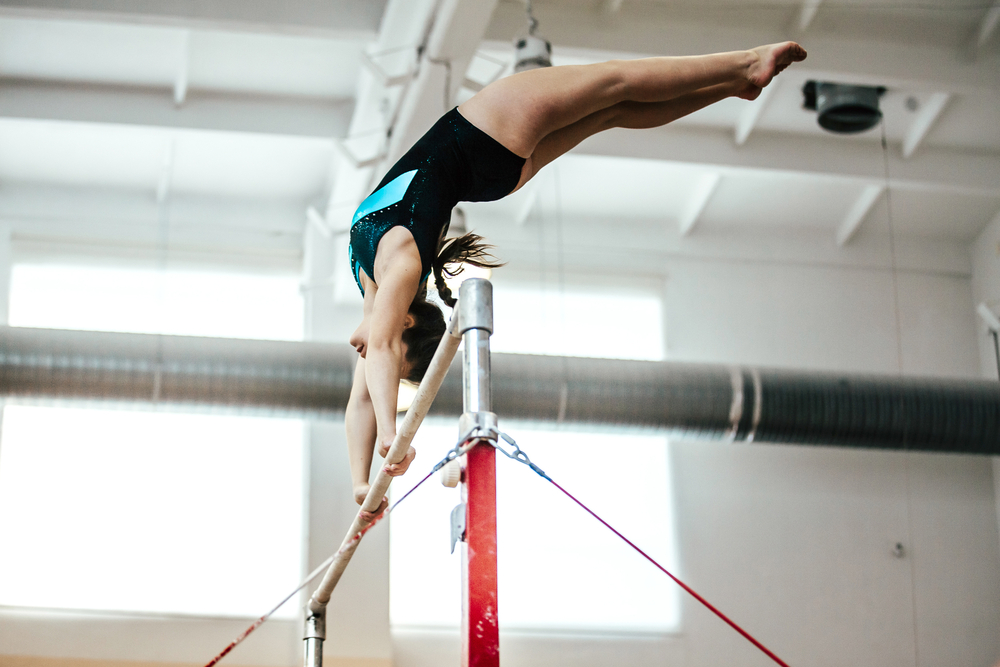
Navigating Common Gymnastics Shoulder Injuries
Navigating common gymnastics shoulder injuries is commonplace if you train, coach, or participate in gymnastics. The shoulder is a complicated and easily injured joint in gymnasts. Let’s find out how to prevent and treat labral tears, rotator cuff tears, shoulder impingement, and dislocations.
Labral Tears
Labral tears, also known as SLAP tears, can happen during any gymnastic exercise. They occur especially with ring and bar gymnasts. The pain can be intense but will seem to lessen, although it will recur when the patient resumes play.
A gymnast who had a dislocation before age 20 has an 80-90% chance of dislocating again.
Posture correction can help to prevent a labral tear. Surgery is usually necessary to correct the injury. Anti-inflammatory medications, injections, and physical therapy can help with recovery.
Shoulder Impingement
Shoulder impingement usually affects gymnasts 16 years and older. Inflammation occurs with this injury in front of the shoulder causing bursitis. The pain is felt in front and top of the shoulder and is more painful with overhead motions.
Treatment is mainly resting and anti-inflammatory medications, physical therapy, and sometimes injections. If these remedies are unsuccessful, a shoulder specialist may recommend surgery.
It’s important to note, impingement is associated with shoulder instability. The best prevention is good posture.
Rotator Cuff Tears
Rotator cuff tears occur with repeated overhead activities. With this common injury, pain will develop in the outer region of the shoulder and will continue even after practice. It usually affects older collegiate level gymnasts and seems to be more common in males.
Posture correction and strengthening the rotator cuff will help to prevent rotator cuff tears. Resting the shoulder is probably the most important part of treatment. After the pain has eased, physical therapy is next to help regain movement.
Shoulder Instability/Dislocations
Typically, this injury occurs with a fall or landing with the arm out to the side and rotated. The pain is felt in the shoulder area with the athlete’s arm looking and feeling like it’s out of place.
With a full dislocation, the gymnast should seek immediate medical care to have the shoulder set. With a partial dislocation, it nevertheless needs to be seen by a shoulder specialist.
Treatment includes rest, anti-inflammatory meds, and physical therapy. Surgery is needed if the injury includes a labral tear.
Posture correction, rotator cuff strengthening, and practicing safety when falling all help prevent future dislocations.
Many kinds of gymnastic injuries can be prevented by proper training guidelines and using safety equipment.
Contact shoulder specialist Samuel Koo, MD, MPH at (425) 823-4000 for an evaluation and treatment in Kirkland if you sustain a shoulder injury during gymnastics. You can alternatively request an appointment through our secure online form. Our shoulder clinic is just a short drive from Redmond, Bellevue, and Seattle.

